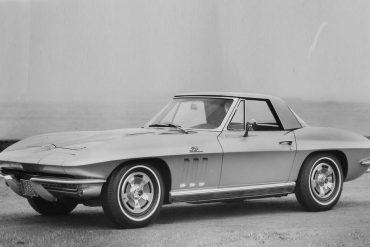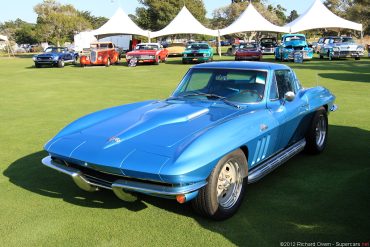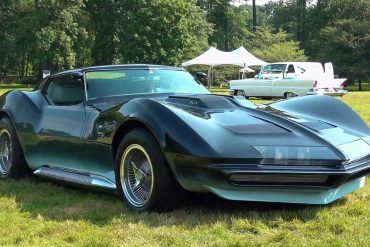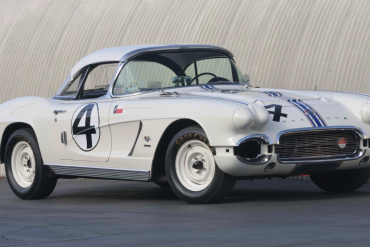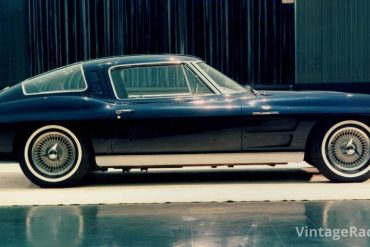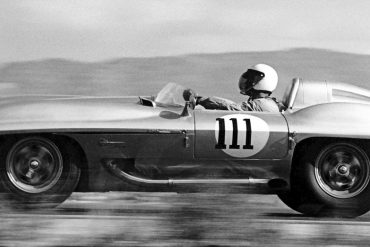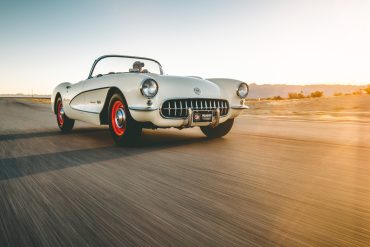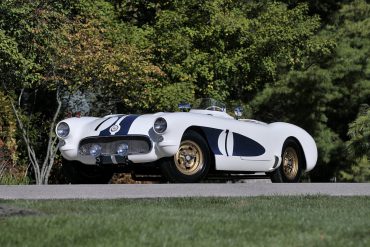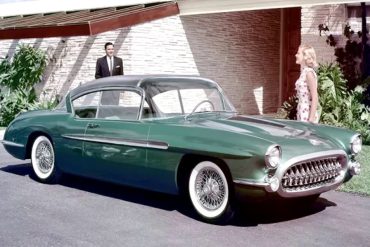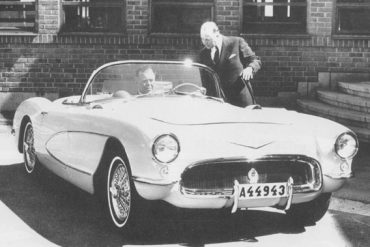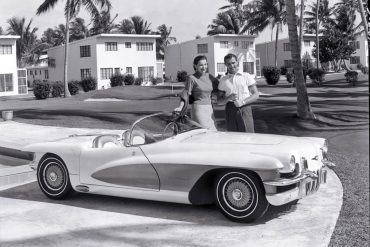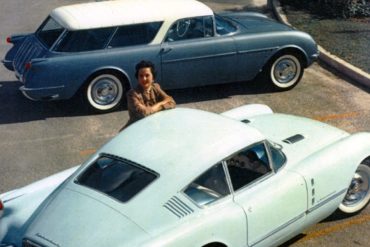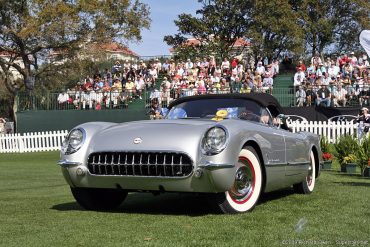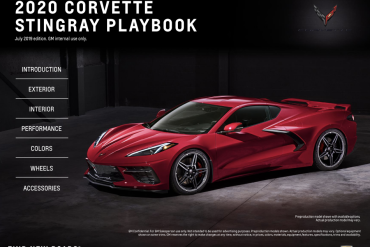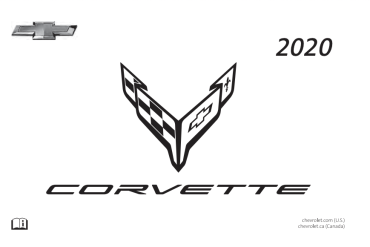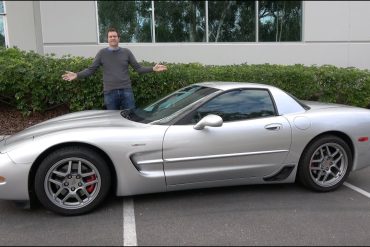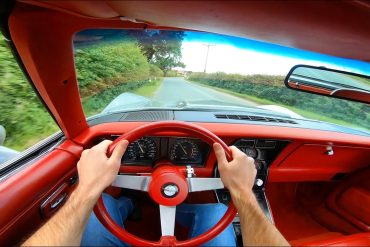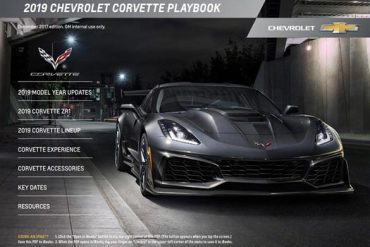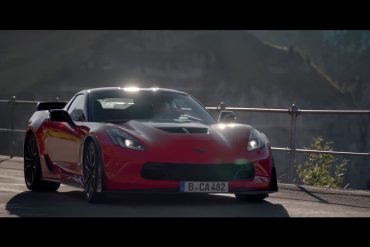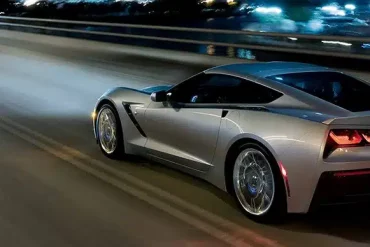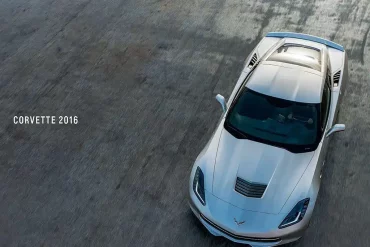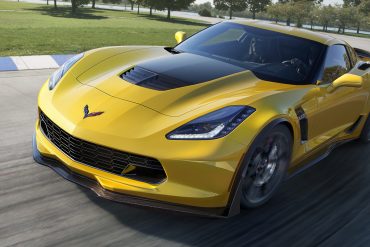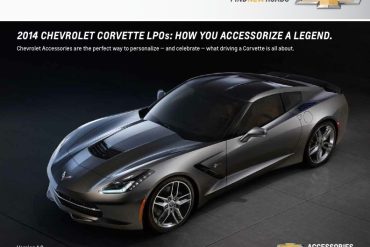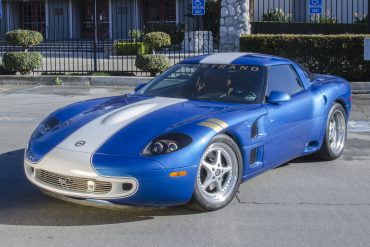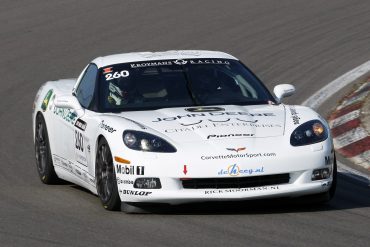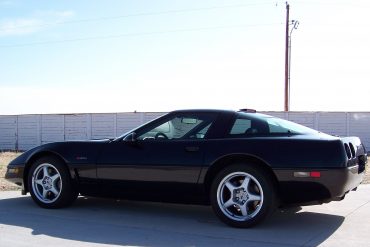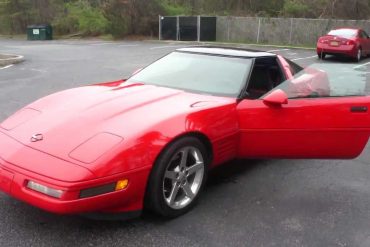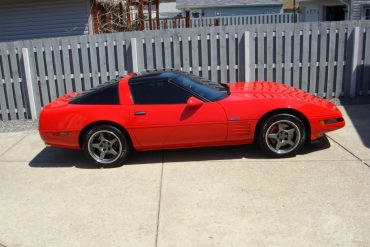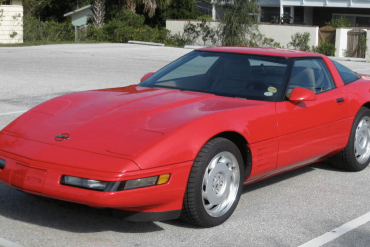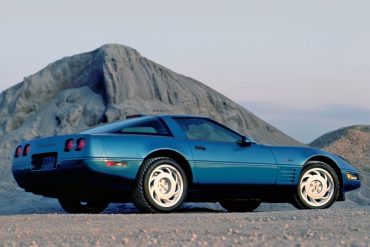For competition, race customers had a range of options available to them including the N03 36-Gallon Fuel Tank, closer rear axle ratios and the C48 Heater/Defroster Delete (-100). Most cars equipped like this came with either L78 or the L84 with Ram-Jet Fuel Injection.
JoinedMarch 9, 2017
Articles577
For competition, race customers had a range of options available to them including the N03 36-Gallon Fuel Tank, closer rear axle ratios and the C48 Heater/Defroster Delete (-100). Most cars equipped like this came with either L78 or the L84 with Ram-Jet Fuel Injection.
The Manta Ray was actually the 1965 Mako Shark II (XP-830) with a few upgrades, so it featured many of the Mako II's outward features, such as side exhausts and a lower-body (along the rocker panels) silver paint job. The front end had a pointed chin spoiler and the headlights used 2 banks of 3 quartz-halogen lights.
Always on the hunt for greater speed and greater thrills, Delmo decided to replace the '61 he had been racing with a brand-new 1962 Chevy Corvette. Owing to his demonstrated skill behind the wheel and prior successes with Corvettes, Delmo had a close relationship with legendary chief engineer Zora Arkus-Duntov and enlisted his assistance with the new car. "It was easy," Delmo recalls. "I called Zora and said, 'Build me a race car.' The only other thing I said was to make it white."
The Stingray that never was. The stretched version of this new Corvette model for 1963 has rear seating and was built as ordered by Chevrolet chief Ed Cole. Larry Shinoda designed this coupe, that never went into production because the demand for the two seated Stingray already was overwelming. A running prototype of a 2+2-seat C2 Corvette intended to compete with the Ford Thunderbird was built, but the project was canceled.
In 1959, the bones of the SS were revived when Bill Mitchell secretly funded the Stingray race car. Mitchell purchased the chassis of the 1957 SS race car mule for $500 and had a design team create a new body. Mitchell felt the first generation Corvettes were too rounded and soft, so the Corvette Sting Ray Racer featured a sharper body edge that made it work.
The Airbox option package designated RPO 579D came with the Duntov-cammed, Rochester fuel-injected 283/283 HP V-8. It incorporated a fiberglass intake plenum on the drivers-side inner fender. Fed by an opening in the radiator bulkhead, it channeled cooler, denser outside air through an internal filter and along a rubberized duct to the Rochester fuel-injection.
In 1956, Ed Cole, then General Manager of Chevrolet, decided Corvette could be saved from extinction due to lagging sales by promoting the car as a performance car which could be raced in production classes. The first of these Corvettes was to debut at Daytona Beach for acceleration and top end speed trials, the 12 hour race at Sebring, and also possibly Le Mans.
On July of 1955, the Chevrolet design studio staff created a dream car for the 1956 GM Motorama shows, called Corvette Impala. The Corvette grille and grille surround are incorporated, as well as other Corvette components. This hardtop five-passenger sports sedan shows the name "Corvette Impala" on the front emblem and rear license plate.
In August of 1955 GM styling created an exclusive Corvette for Prince Bertil of Sweden, who reportedly placed his order direct with Harlow Curtice, GM President. All modifications were confined to the exterior. Visible in the frontal view are an entirely new, larger grille assembly with flat black screen instead of teeth and the replacement of the front emblem by a large "V".
The engineers came up with a unit-body construction that relied on strength coming from the side sills of the chassis. These contained the exhaust which probably easily overheated the cockpit, especially in the coupe. Unfortunately, GM fitted fake V6 engines in both cars with a concept valve train that included dual overhead camshafts.
The Corvair concept car was initially presented to the public at the 1954 Motorama at the Waldorf Astoria hotel in Manhattan. The Corvair presented at the Waldorf was not the same car that traveled to other Motorama shows throughout the year.
The 1954 Corvette was outfitted with several unique design features. These were the results of two design exercises that included both interior and exterior upgrades. Outwardly, this styling concept is distinguished by its sharkfin headlights which effectively split each headlight down the center.
2020 Corvette Dealer Playbook Each year, Chevrolet releases a great visual guide for the latest Corvette for sale. It is...
This Owners Guide contains important information regarding the operation and maintenance of your 2020 Corvette. In order to obtain maximum enjoyment and usage from your car, we suggest that you familiarize yourself with the contents...
Today I take you behind the wheel of our rare and genuine 1978 Corvette C3 L82 Silver Anniversary Edition...
2019 Corvette Ads...
2018 Corvette Ads We couldn’t find any so watch this space coming soon. 2018 Corvette TV Commercial We did find...
2017 Corvette Ads...
2016 Corvette Ads...
2015 Corvette Ads...
2014 Corvette Ads 2014 Corvette TV Commercials...
As the story goes, when the Corvette ZR-1 came out in 1990, Dick Guldstrand saw an opportunity to create his vision of the perfect Grand Sport ride, instead of his name just getting slapped onto another Chevrolet product. He asked GM for fifteen ZR-1’s and some money. He got one car and permission to do whatever he wanted to do with it. And that’s exactly what he did. Called the "GS90", Dick's car would prove to be the most elaborate and expensive specialty Corvette ever built.
In late 2007 Corvette Europe approached the FIA seeking approval to race a C6 Coupe in the GT4 category. After much study the FIA approved their request. Kroymans shipped a new 2008 C6 Z51 six-speed coupe to Callaway Competition in Leingarten, Germany. In less than six weeks the Callaway team stripped the new car of all non-essential parts including carpet and standard seats.
The last C4 ZR-1 was built in 1995, resulting in a total number of 6,939 units being built during its six year production run. Total sales numbers decreased to 20,742 units
Despite the limited number of cosmetic and mechanical changes, the sale of 1994 Corvettes actually rose to 23,330 units despite a modest price increase to $36,185.
Despite the absence of notable, physical changes to the design of the car, the overall sales numbers actually increased over previous years. A total of 22,058 Corvettes were manufactured.
Falling sales numbers weren’t isolated to the ZR-1 Corvette alone. In all, General Motors sold a mere 20,479 Corvettes during the course of its 1992 model year.
Overall, sales of the 1991 Chevy Corvette followed the downward trend started earlier in the model year by the ZR-1. In all, 20,639 units were sold, with coupes outselling convertibles at a ratio of about three-to-one


